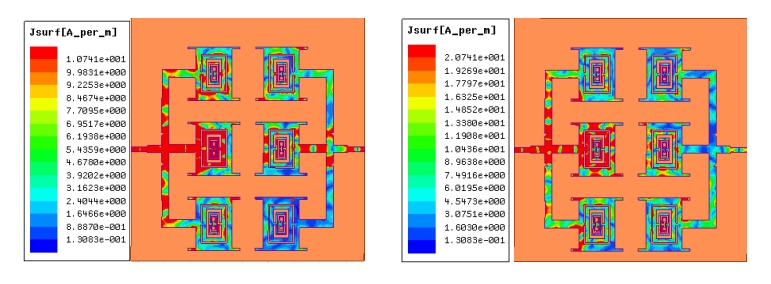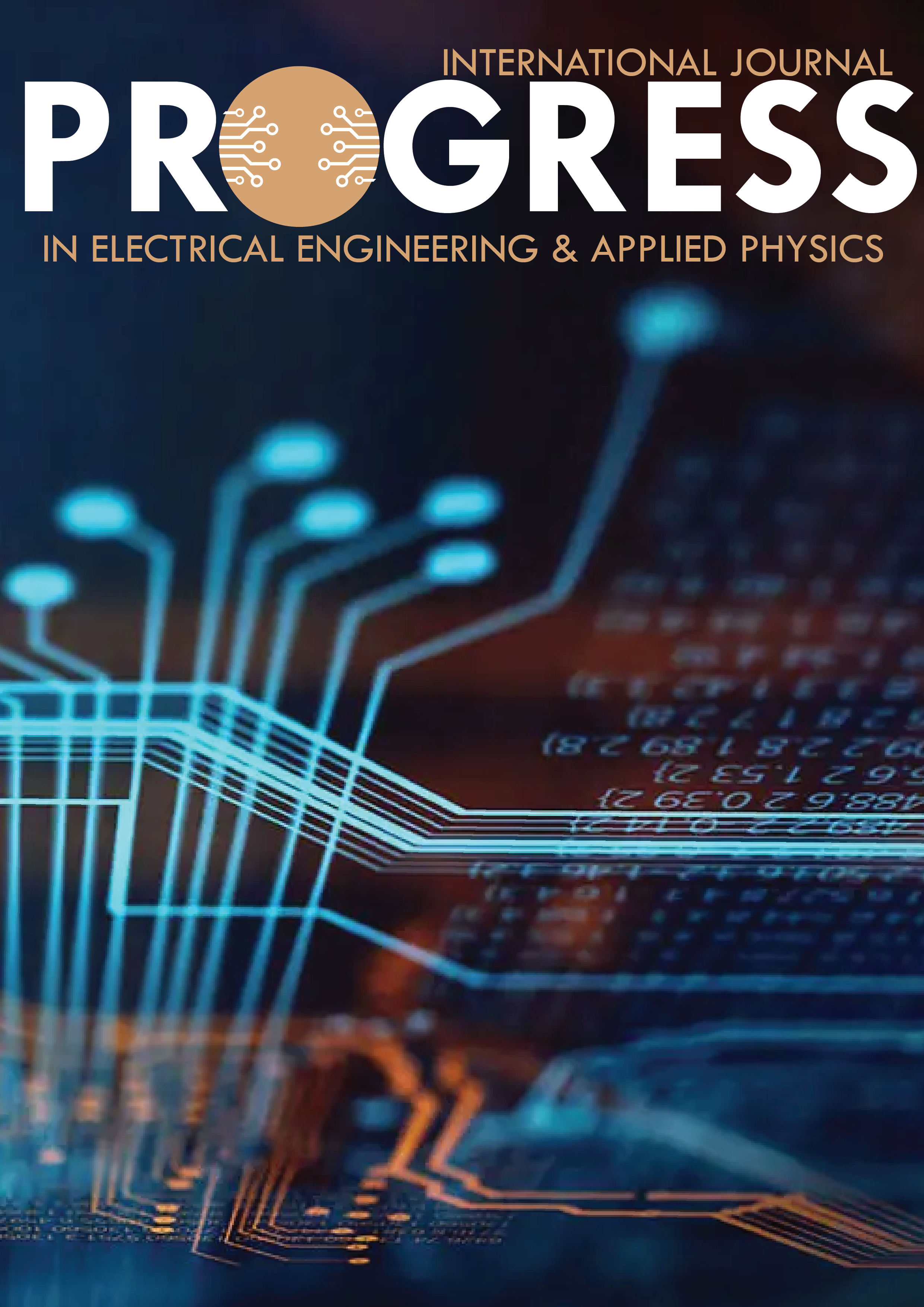METAMATERIAL BASED MIMO ARRAY ANTENNA FOR MM-WAVE APPLICATIONS
Keywords:
mm-wave, MIMO, 5G, metamaterial, dual-bandwidth, DG, ECC, MEGAbstract
This paper introduces a new 3x2 Multiple Input Multiple Output (MIMO) array antenna proposed for 28/35 GHz. Crafted with precision; it introduces a low-profile planarpatterned metamaterial (MTM) structure. It meticulously employs five interlinked ring elements to attain an efficient NZI (near-zero index) spectrum for permittivity and permeability. Highlighted in MTM unit cell are remarkable technical features, such as an expansive bandwidth of 15 GHz. Particularly noteworthy are the mu-near-zero (MNZ) and epsilon near zero (ENZ) characteristics, encompassing 15 GHz (26-41 GHz). It is worth noting that the layout employs a 2-port MIMO antenna configuration, each component intricately fashioned utilizing a 3-cell array configuration. The MTM based MIMO antenna was designed using the substrate Rogers RT/duroid 5870, highlighting a small size of 47× 45 × 0.4 mm³. The obtained outcomes shows impressive performance indicators, comprising a dual bandwidth range from 26 to 28.7 GHz and 35.15 to 35.45 GHz, isolation below −24 dB at 28 GHz and - 20 dB at 35 GHz. Adding to that, the MIMO antenna exhibits excellent diversity parameters, like a mean effective gain (MEG < −3 dB), an elevated diversity gain (DG > 9.95), a low channel capacity loss (CCL < 0.4), and a diminished envelope correlation coefficient (ECC < 0.04), on both bands. The innovative MIMO antenna system utilizing MTM technology presents exceptional design and performance characteristics, rendering it appropriate for integration into 5G millimeter-wave applications.



